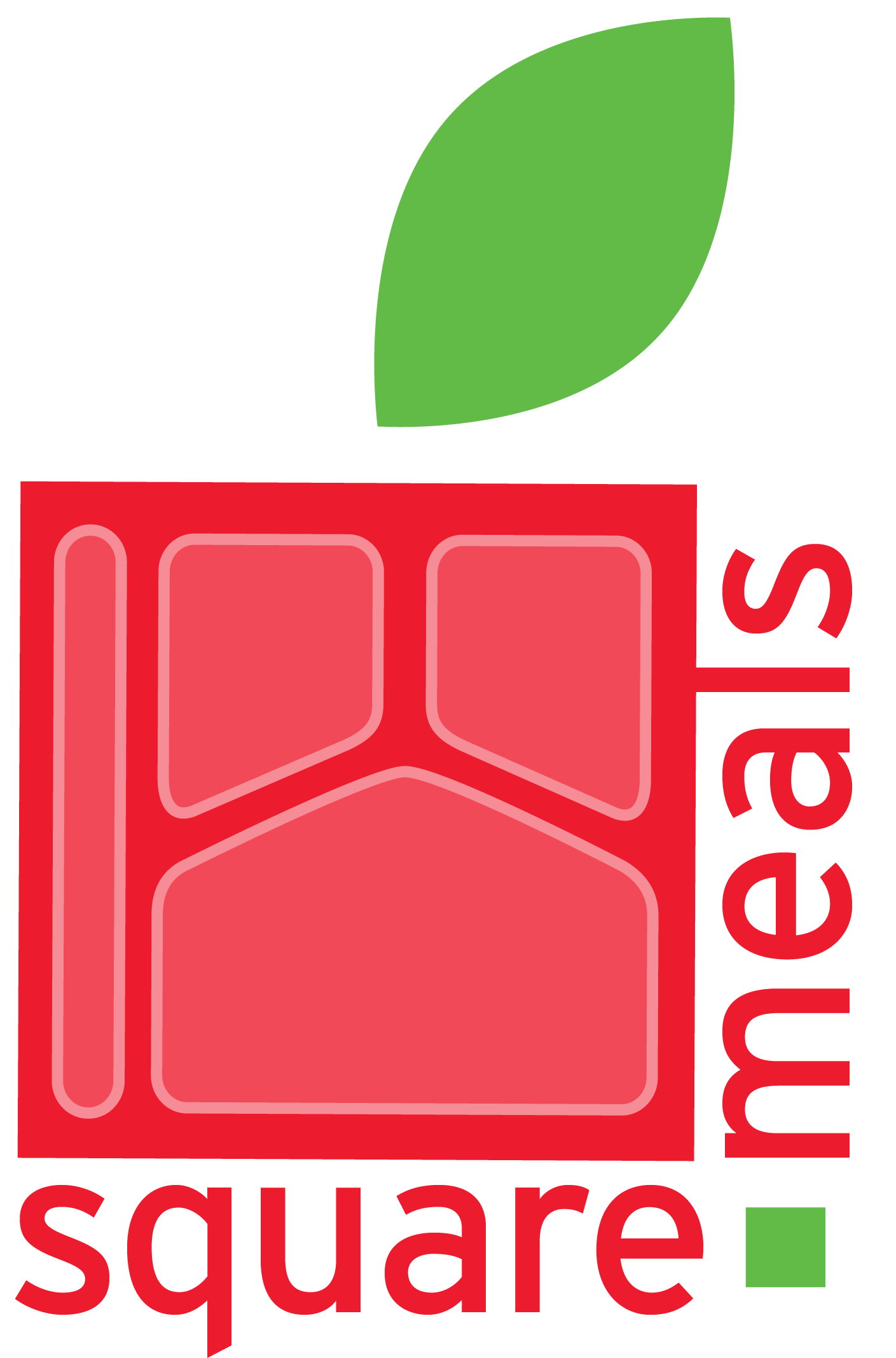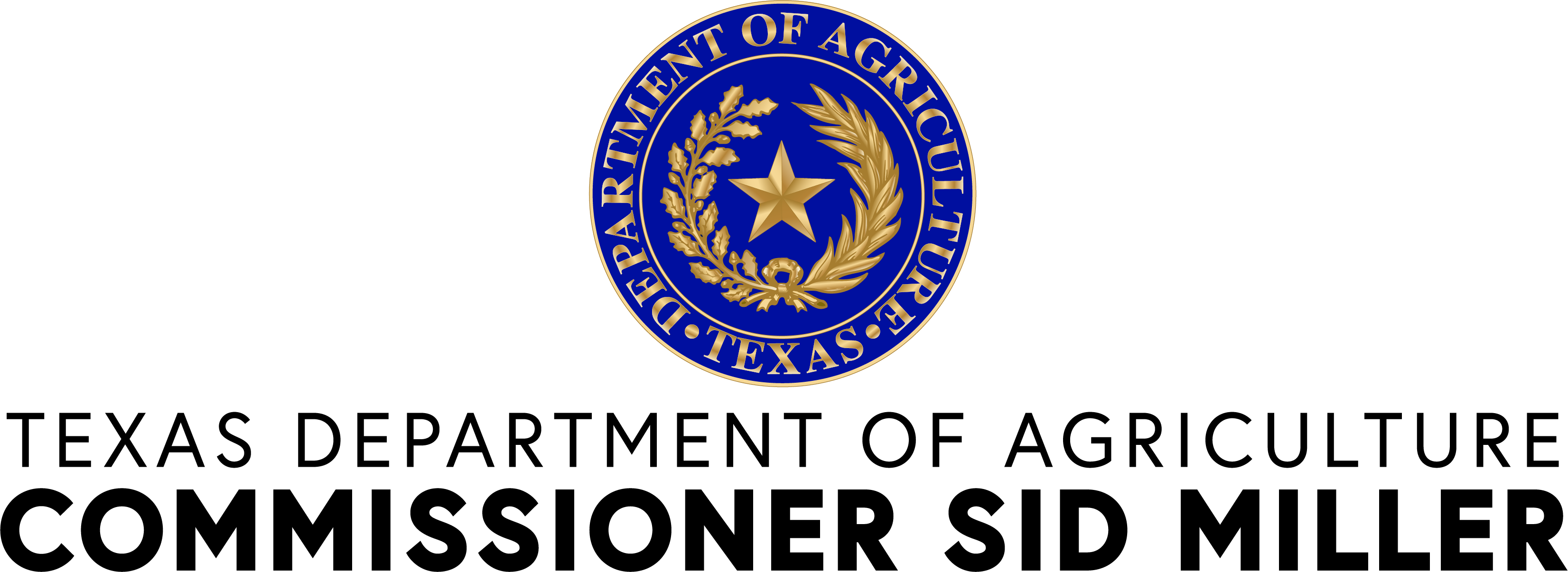| To see News by Program, select from an option below:
|
|
|
|
|
|
|
|
|
|
Latest News for the Child and Adult Care Food Program
|
|
Published: 2 years 112 days ago
" On September 20, USDA issued memo CACFP 11-2023, Feeding Infants and Meal Pattern Requirements in the Child and Adult Care Food Program; Questions and Answers. This revision incorporates updated breastmilk storage recommendations, infant formula food safety considerations, and information on crediting grains in ounce equivalents.
"
On September 20, USDA issued memo CACFP 11-2023, Feeding Infants and Meal Pattern Requirements in the Child and Adult Care Food Program; Questions and Answers. This revision incorporates updated breastmilk storage recommendations, infant formula food safety considerations, and information on crediting grains in ounce equivalents. The updated guidance incorporates updated recommendations from the American Academy of Pediatrics (AAP) and guidance from the 2020-2025 Dietary Guidelines for Americans (DGAs), including recommendations for children under 2 years of age. This memo supersedes the previous memo guidance from CACFP 02-2018; most changes reflect non-substantive, additional clarification and not changes to requirements.
Updated guidance includes:
- Infant formula that is imported into the U.S. as a result of the 2022 FDA Infant Formula Enforcement Discretion Policy may be served in the CACFP.
- Updated recommended storage requirements for storing expressed breastmilk in the refrigerator from 72 hours to up to four days. This recommendation may vary if the breastmilk is to be fed to an infant that is either preterm and/or ill.
- Considerations for formula safety, including the prohibition of homemade formula, best practices for using water to prepare formula, timeframes for usage of prepared formula, formula storage requirements, and best practices for identifying formula in stores that might not be safe to use.
- Reminder that ounce equivalents are used to measure grains in the infant meal pattern. Iron-fortified infant cereal is the only grain that may count towards a reimbursable breakfast, lunch, or supper in the CACFP infant meal pattern. Program operators may serve bread/breadlike items, crackers, iron-fortified infant cereal, or ready-to-eat cereal as part of a reimbursable snack to infants that are developmentally ready to accept them.
- Provides clarification that while the AAP recommends that by 7 or 8 months of age, infants should be consuming solid foods from all food groups (vegetables, fruits, grains, protein foods, and dairy), it is important to keep in mind that infants develop at different rates. Not all infants will be eating solid foods at 6 months of age, nor will all infants be eating solid foods from each food group by 7 or 8 months of age.
- Provides best practices for thawing breastmilk as well as the safe usage of thawed breastmilk.
- Adds sesame to the list of major allergens.
- Clarifies that cooked grains are not creditable towards the infant meal pattern. However, an infant may be served some mixed dishes that contain foods that do not credit towards the infant meal pattern, such as rice, quinoa, or pasta.
- Clarifies that minimum creditable amounts do not apply to the infant meal pattern. Minimum serving sizes are listed as ranges for infants because not all babies are ready to eat solid foods at the same time.
Refer to the FNS website at https://www.fns.usda.gov/cacfp/feeding-infants-and-meal-pattern-requirements-qas to read the complete guidance.
###
|
|
|
|
|
|
|
|
|
|
|
Assistance available in English and Spanish. Please call 877-TEX-MEAL (877-839-6325) for help. Additional translations services available as well.
|
|
In accordance with federal civil rights law and U.S. Department of Agriculture (USDA) civil rights regulations and policies, this institution is prohibited from discriminating on the basis of race, color, national origin, sex, disability, age, or reprisal or retaliation for prior civil rights activity.
Program information may be made available in languages other than English. Persons with disabilities who require alternative means of communication to obtain program information (e.g., Braille, large print, audiotape, American Sign Language), should contact the responsible state or local agency that administers the program or USDA’s TARGET Center at (202) 720-2600 (voice and TTY) or contact USDA through the Federal Relay Service at (800) 877-8339.
To file a program discrimination complaint, a Complainant should complete a Form AD-3027, USDA Program Discrimination Complaint Form which can be obtained online at: https://www.usda.gov/sites/default/files/documents/ad-3027.pdf, from any USDA office, by calling (866) 632-9992, or by writing a letter addressed to USDA. The letter must contain the complainant’s name, address, telephone number, and a written description of the alleged discriminatory action in sufficient detail to inform the Assistant Secretary for Civil Rights (ASCR) about the nature and date of an alleged civil rights violation. The completed AD-3027 form or letter must be submitted to USDA by:
|
|
1. Mail:
U.S. Department of Agriculture
Office of the Assistant Secretary for Civil Rights
1400 Independence Avenue, SW
Washington, D.C. 20250-9410; or
2. Fax: (833) 256-1665 or (202) 690-7442; or
|
|
| This institution is an equal opportunity provider. |
 |

|
|
|